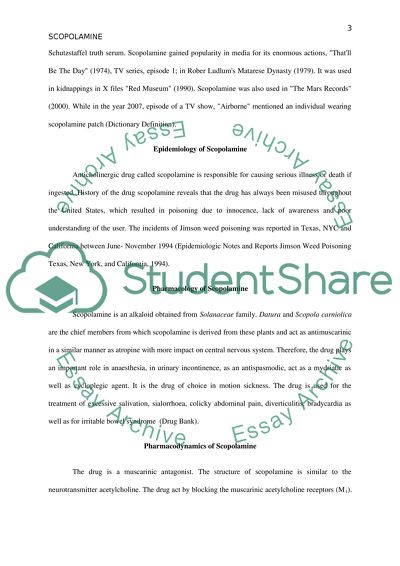Cite this document
(“Scopolamine Reseacrh Paper Research Example | Topics and Well Written Essays - 2000 words”, n.d.)
Retrieved de https://studentshare.org/health-sciences-medicine/1452334-scopolamine
Retrieved de https://studentshare.org/health-sciences-medicine/1452334-scopolamine
(Scopolamine Reseacrh Paper Research Example | Topics and Well Written Essays - 2000 Words)
https://studentshare.org/health-sciences-medicine/1452334-scopolamine.
https://studentshare.org/health-sciences-medicine/1452334-scopolamine.
“Scopolamine Reseacrh Paper Research Example | Topics and Well Written Essays - 2000 Words”, n.d. https://studentshare.org/health-sciences-medicine/1452334-scopolamine.


